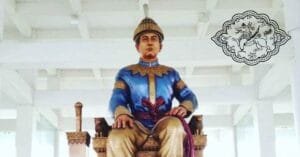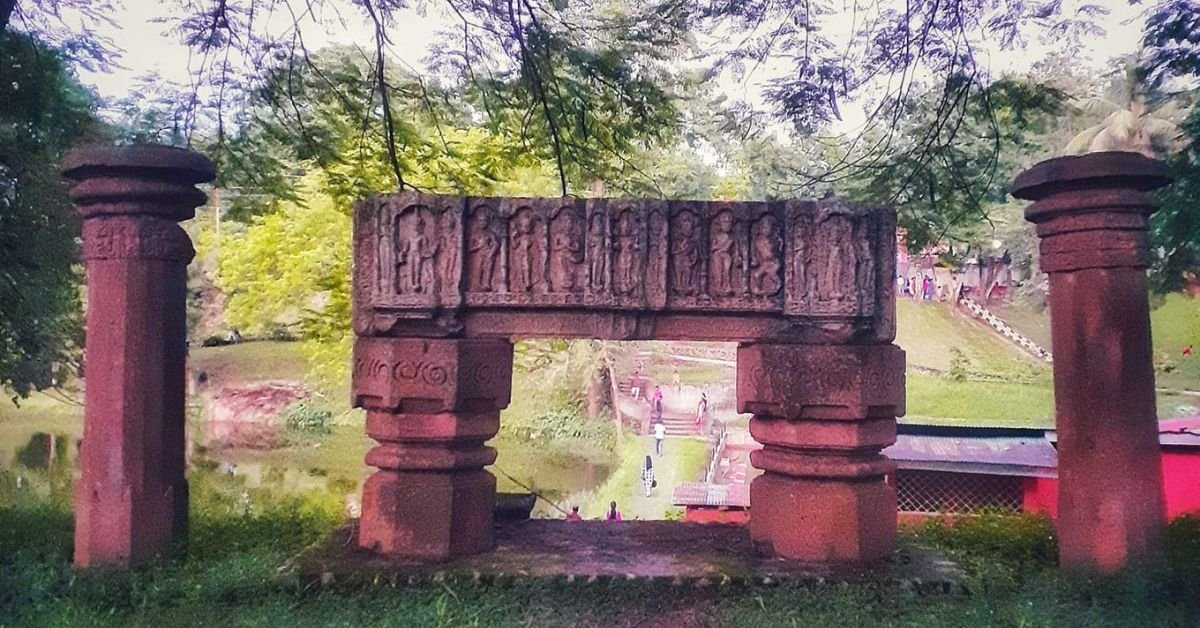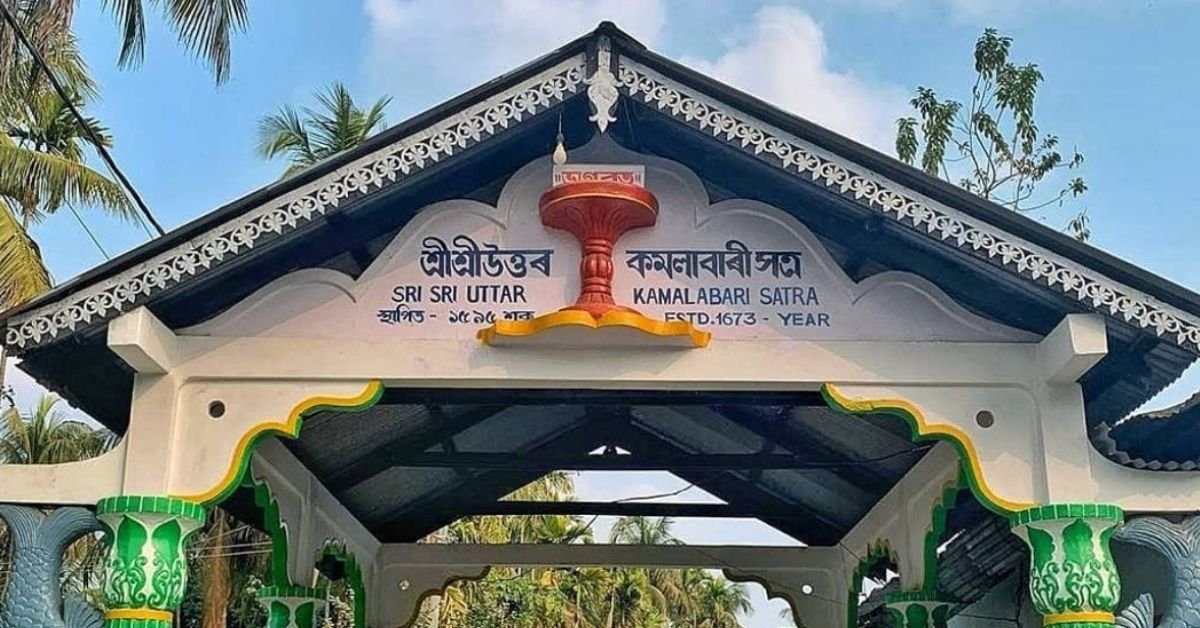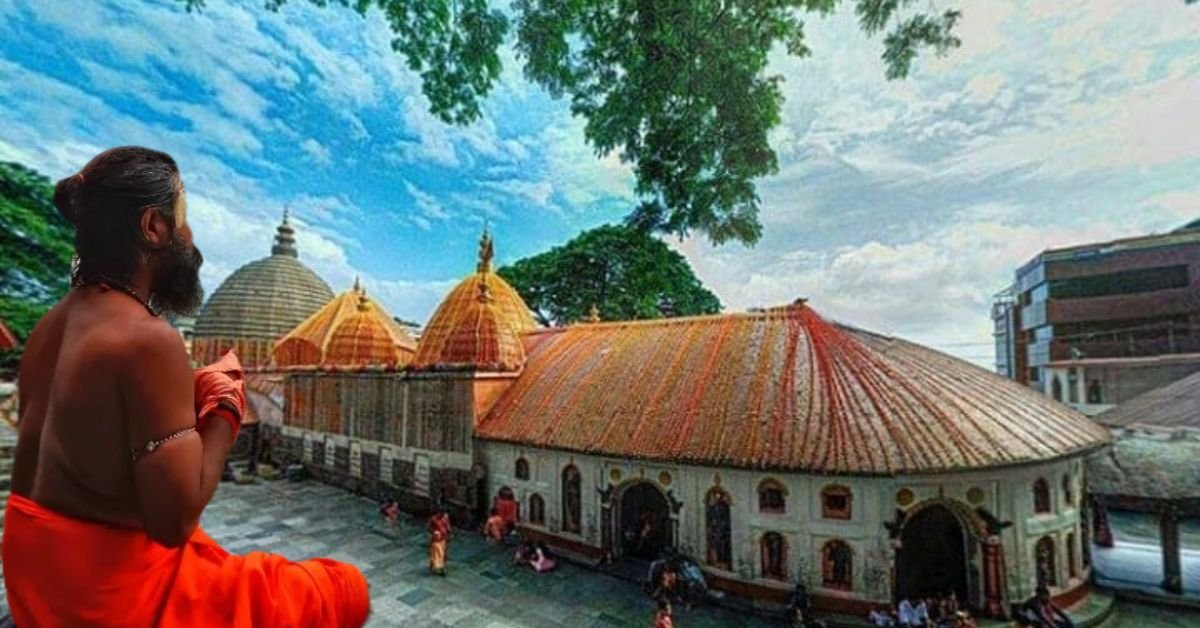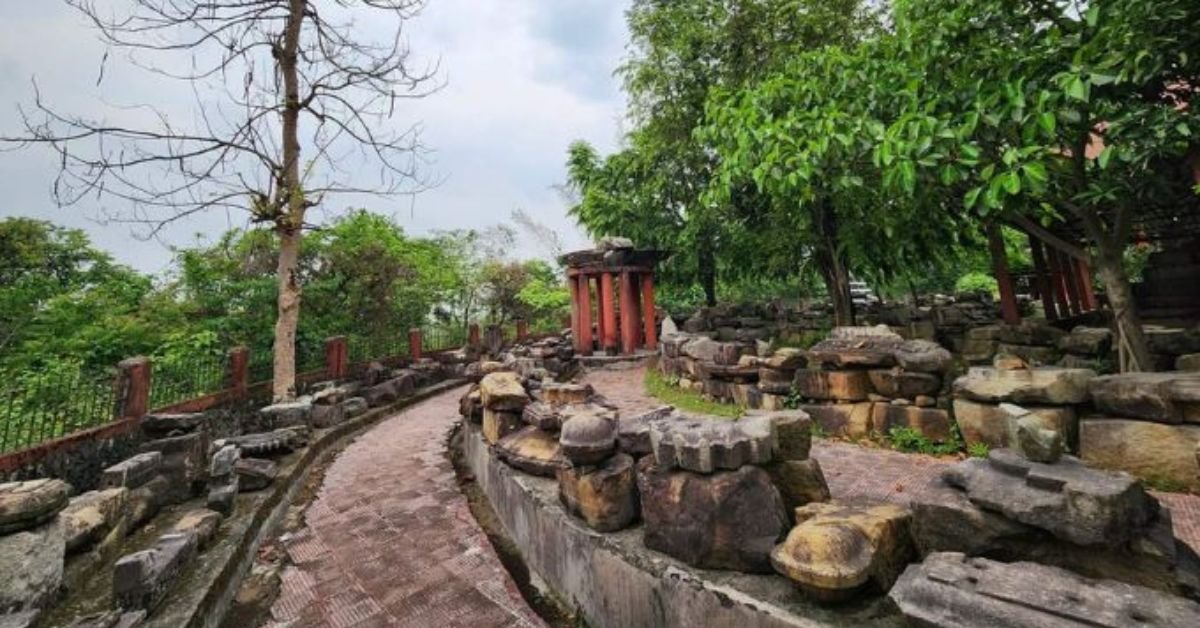Charaideo is located in the eastern part of Assam bordered by Dibrugarh and Sibsagar district of Assam. Earlier Charaideo Area was part of Sivasagar district, in 2015 it was declared a separate district with Sonari as its headquarters. It is located at the foothills of Patkai range.
Why is Charaideo Famous For?
Charaideo is famous for its Maidam or Moidam. Like the pyramids of Egypt, the Charaideo Maidams of Ahom Kings in Assam were constructed for the same purpose – burying the bodies of the departed kings. Moidams (or Maidams) represent the late medieval (13th–19th century CE) mound-burial tradition of the Tai Ahoms in Assam.
What is the meaning of Charaideo?
The name “Charaideo‟ comes from the Tai word – “Che Tam Doi”; Che‟ means town, “Tam” means foothill and “Doi” means hill or mountain. So, the word “Charaideo” means “town in the foothill”.
History of Charaideo Maidam
Charaideo was the first capital of the Ahom Kingdom established by the first Ahom Swargadeo Chao-Lung-Siu-ka-pha in 1228 A.D. The word “Maidam” is a Tai word which means tomb in English. It is the sacred burial ground of Ahom Kings (Swargadeo) and queens. The Ahoms revere Moidams, believing that one part of the deceased’s spirit eternally resides in the Moidam, ensuring the well-being of the State. That is why Maidams were built. Historically, the construction of Maidams improved with subsequent rulers of Ahoms dynasty. Initially, the maidams were built by soil. From the reign of King Shiva Singha (1714-1744 AD) bricks were used for the construction of the maidams.

Is Charaideo a World Heritage Site under UNESCO?
The Charaideo Moidams, the mound-burial system of the Ahom dynasty, has been officially inscribed in the UNESCO World Heritage list under the Cultural Property category on July 28, 2024. This was announced during the 46th session of the World Heritage Committee (WHC) held at New Delhi.
What’s Inside the Maidam?
Archaeological excavations of Moidams at Charaideo have revealed that each Moidam is an earthen mound (Ga-Moidam), topped by a shrine (Chou Cha Li) placed at the centre of the octagonal dwarf wall (Garh) – the shape symbolizing Tai universe. At the heart of the Ga-Moidam is a brick and stone vault (Tak) with a grave-pit (Garbha), for the deceased body of the king. The grave goods (objects of daily use, food, and even attendants and a queen) are places beside the dead bodies.
The protected Moidams /Maidams are placed at the apex of the elevated land (foothills of the Patkai Mountain), forming ‘peaks’ in a landscape designed amidst ‘golden rice fields’. This makes the Moidam landscape an ethereal depiction of an ‘Ancient Spirit Forest’ with a series of ‘shrines’, memorialized by annual ancestral worships.
Architecture and Types of Maidams at Charaideo Heritage Site
The maidams reveal the superb skill of sculptures and fine form of architecture. The maidams were divided into three types- (i) The maidams built by soil (ii) The maidams built by wood and (iii) The maidam built by bricks. From the reign of King Shiva Singha (1714-1744 AD) bricks were used for the construction of the maidams.
Architecturally the maidams at Charaideo Heritage Site comprises a massive underground vault with a number of chambers having domical superstructure and covered by a heap of earthen mound and externally it appears a hemispherical mound. The Maidams are made of five architectural components – garbha (underground chamber), tai (vault), Gamaidam (body of the maidam or the mound), chow chali (roof), garh (wall) and a narrow strip of open land with cobbled stone edge for soft landscaping. At the top of the mound, a small open pavilion of bricks is provided which is called “Chow-Chali”. These mounds have one or more chambers in a vault. Generally, the top portion is covered by grass. An octagonal dwarf wall encloses the whole maidam with pillars of stone.
Some of the maidams are two storied and there are three or four chambers in each floor. In the past, Sal wood was used for building maidams but later the maidams were constructed with stones and bricks.
Read details of types of Maidams of Charaideo and its architecture in this blog.
Present Status of Charaideo Heritage Site
Out of 386 Moidams explored so far by Department of Archaeology, 90 royal burials at Charaideo are the best preserved, representative, and most complete examples of this tradition. Most of the unprotected maidams have been encroached by the local people or tea-garden owners and so they have already got damaged or dugout.
In the year 2023, Charaideo maidams are nominated by Govt. of India for recognition as a UNESCO World Heritage Site creating the core and buffer zones of the proposed World Heritage Site. The core zone covers 92.5 hectares, while the buffer zone is spread over 6000 bighas of land. A total of 90 maidams have been covered under the project.
How To Reach Charaideo?
The most common and convenient mode of transportation is by air with the nearest airport being Jorhat Airport, approximately 50 kilometers away. From the airport, one can hire a taxi or use local transportation to reach Charaideo.
Alternatively, if traveling by train, the nearest major railhead is Simaluguri Junction, situated around 20 kilometers from Charaideo. From there, taxis and buses are readily available.
For those opting for a road journey, Charaideo is well-connected by a network of highways, and buses ply regularly from nearby towns and cities. Traveling from Charaideo to Sivasagar is a relatively short and convenient journey, covering a distance of approximately 45.5 kilometers via NH702C. The route typically takes around 1 hour and 16 minutes by road.


